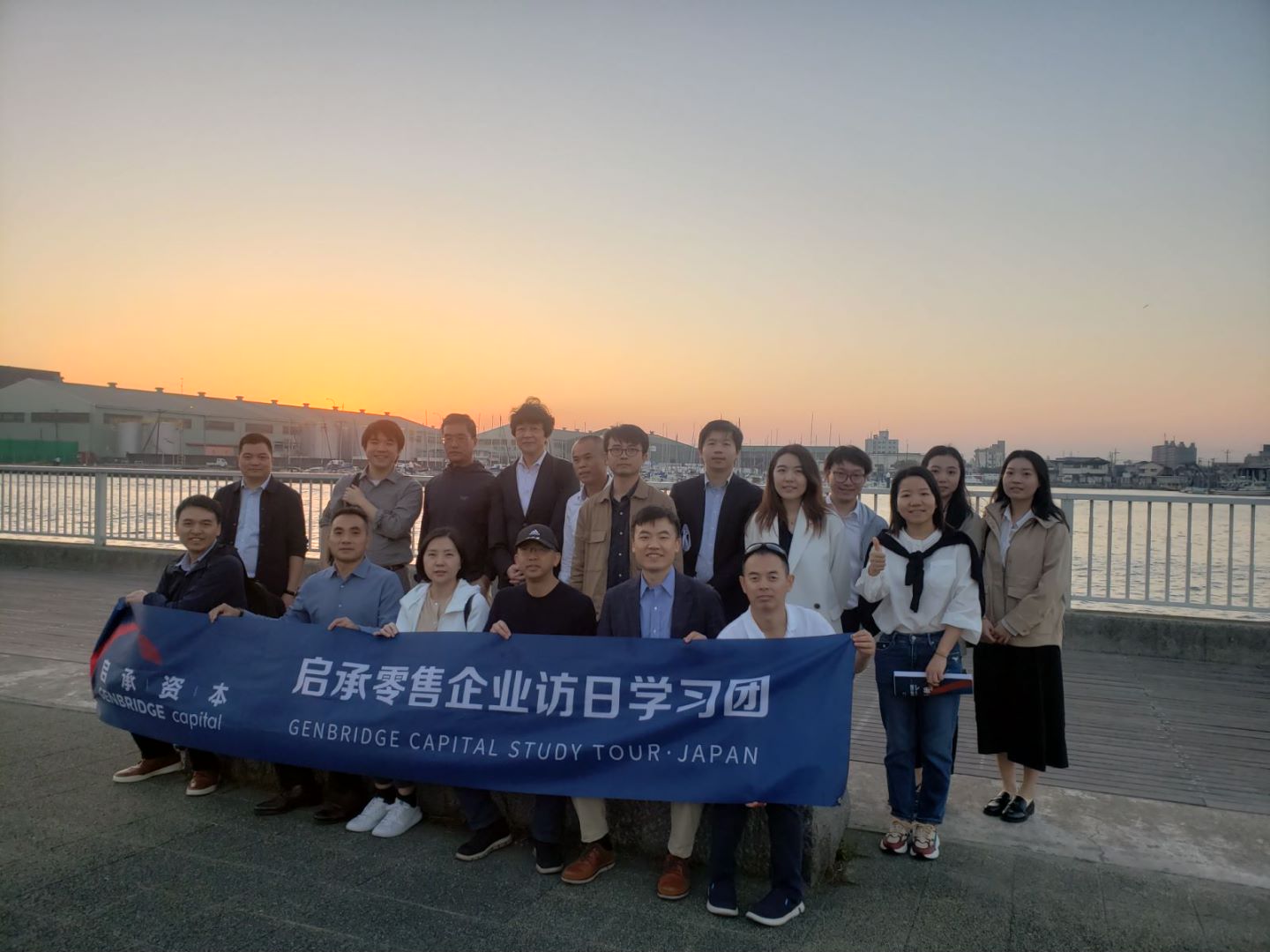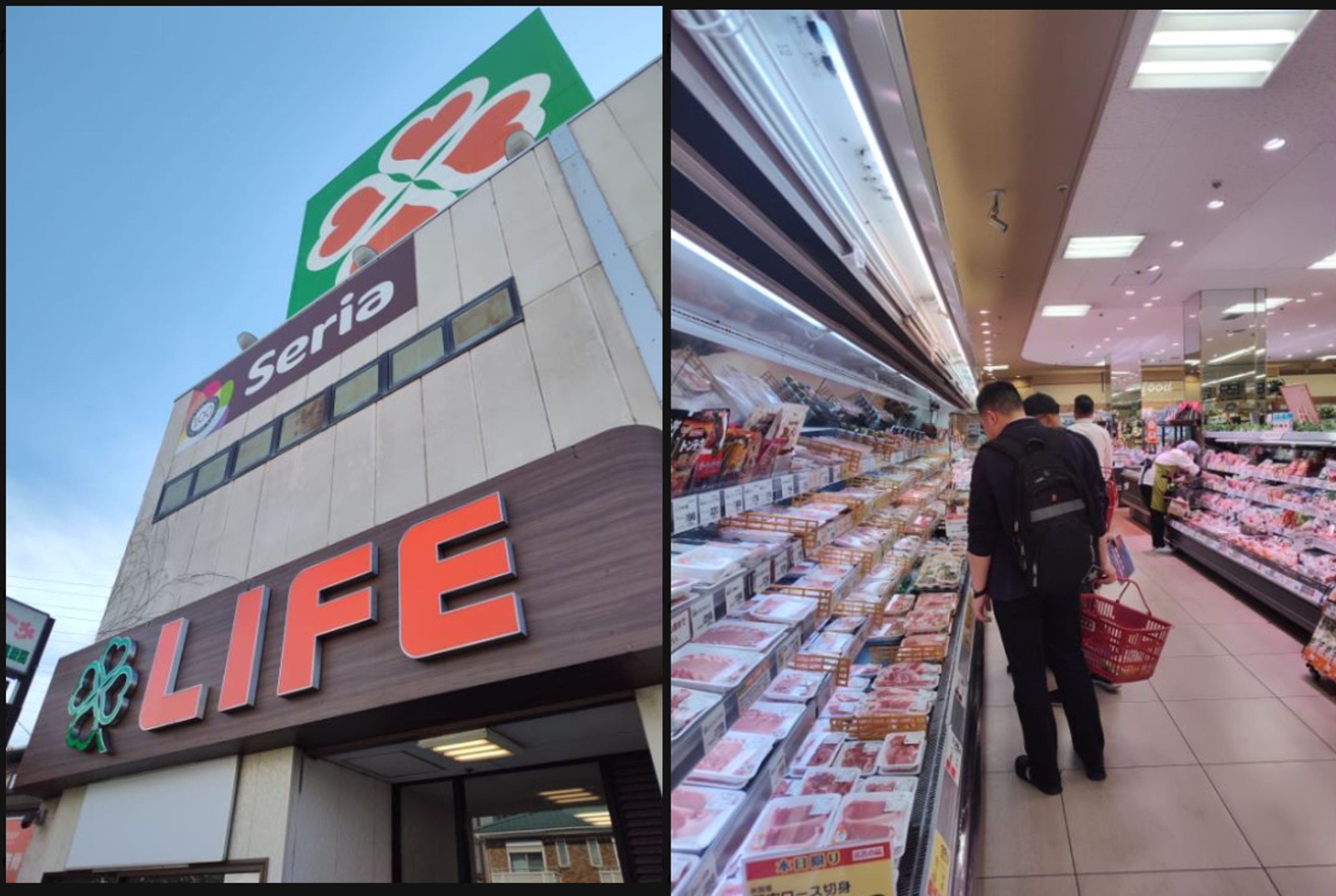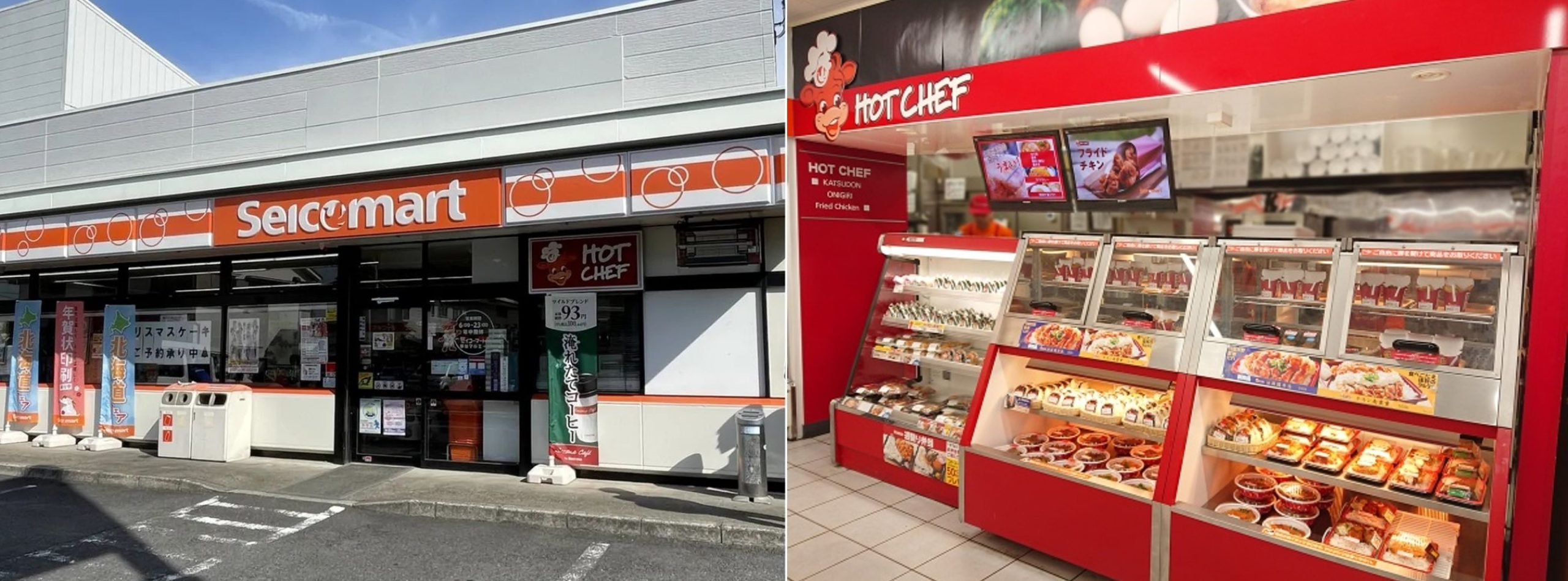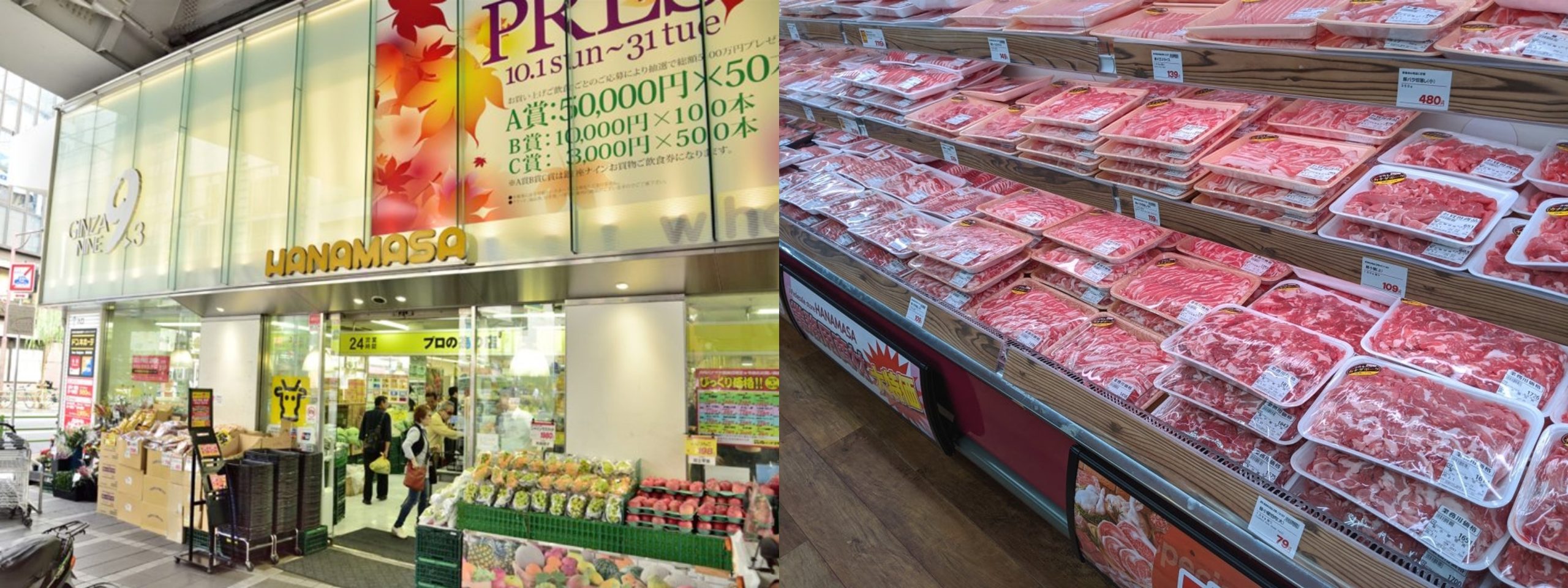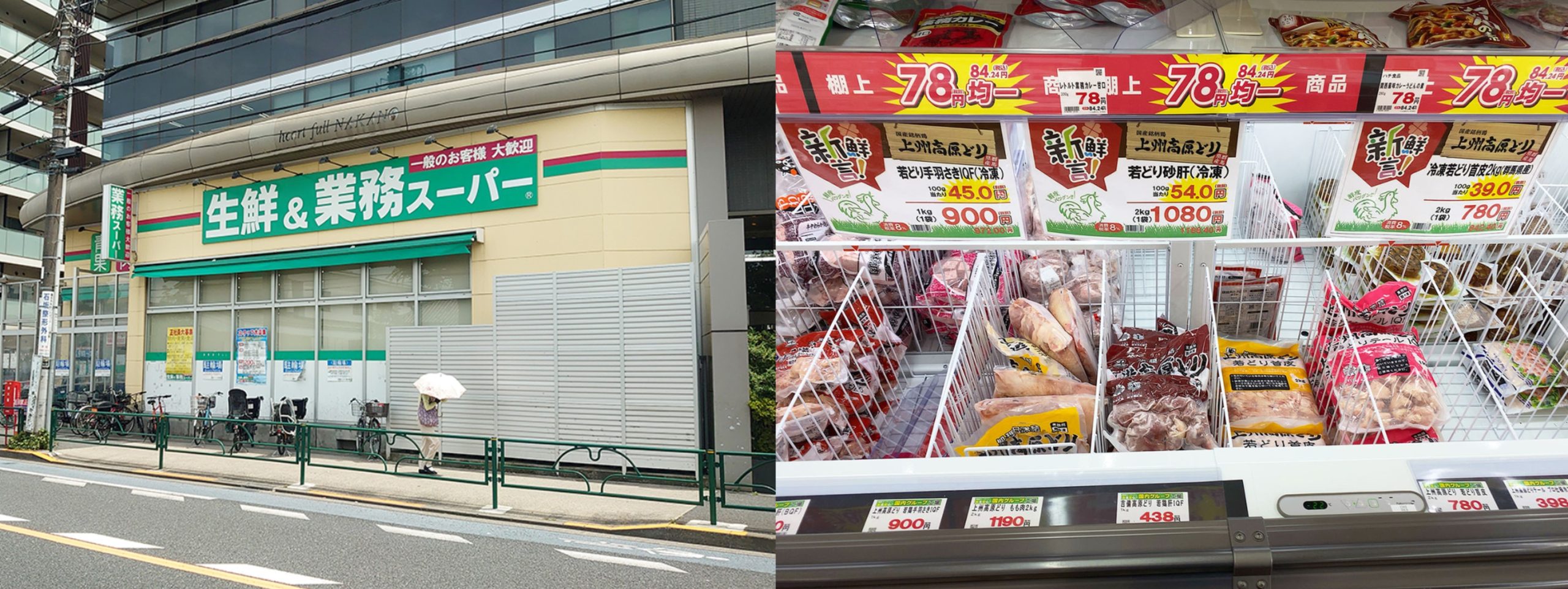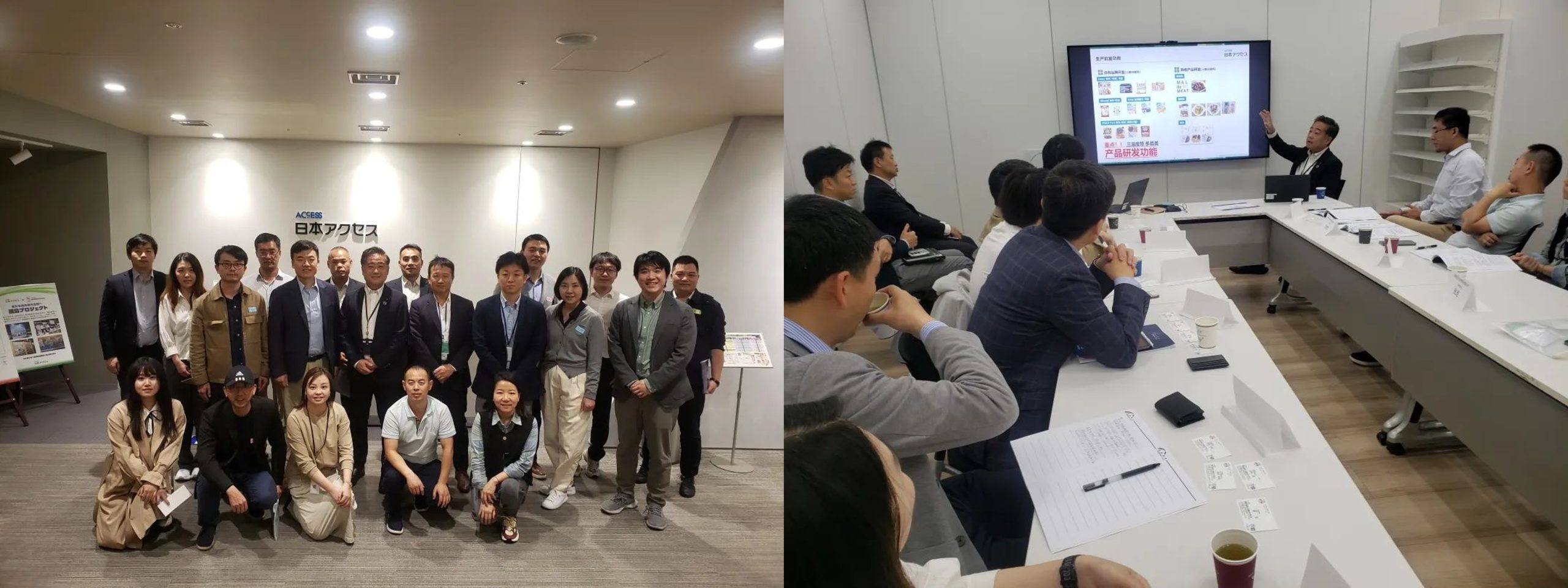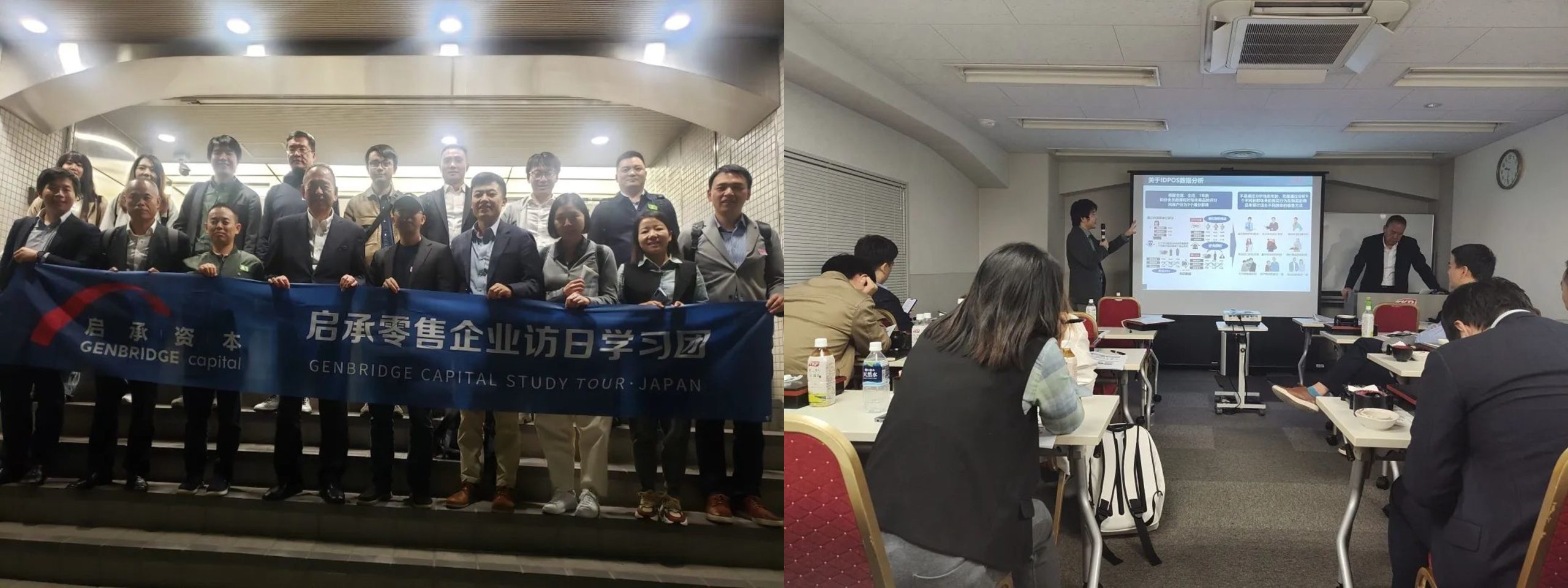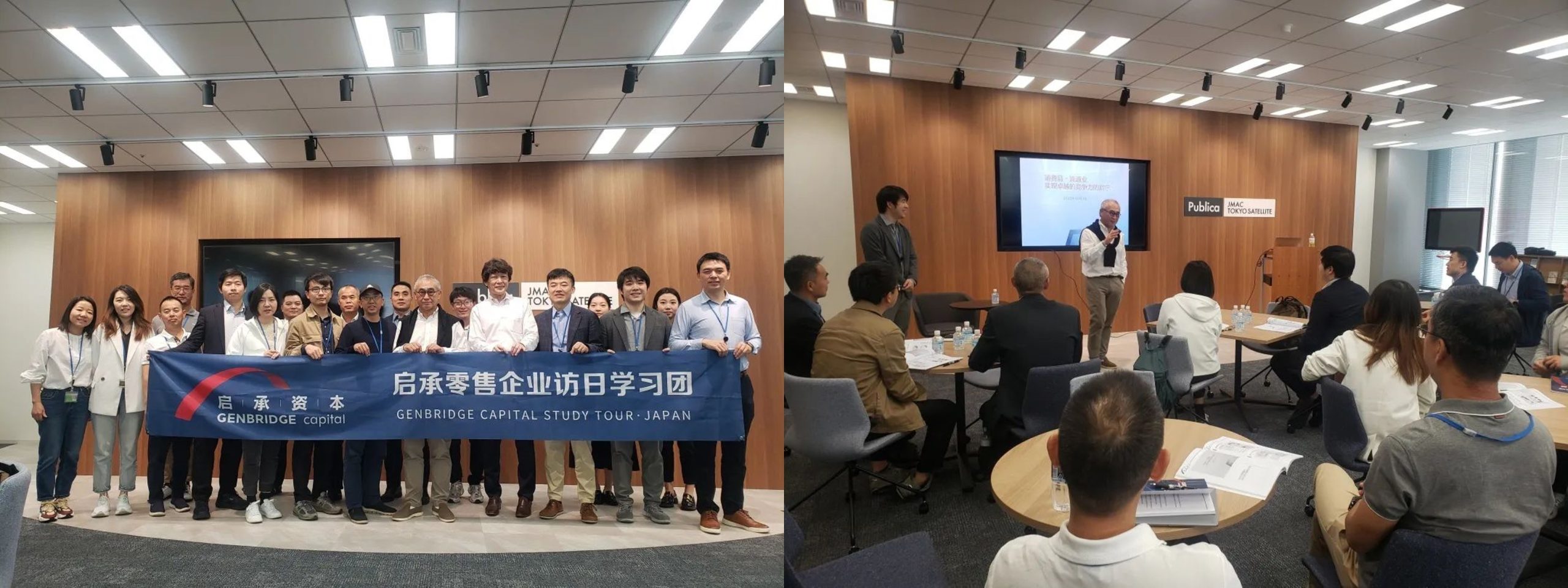The Japanese retail market serves as a valuable benchmark for Chinese consumer entrepreneurship and investment research. China and Japan share similar cultural environment, lifestyle habits, densely populated urban living patterns, economic development cycles, and demographic evolution cycles. This similarity positions Japan’s more advanced and mature retail industry as an inspiration for the future evolution of China’s retail sector. By leveraging insights from Japan, we can better contemplate the developmental trajectory of China’s retail industry.
We have systematically studied Japan’s consumer retail sector since the inception of GenBridge, and our benchmarking research spans three dimensions: macroeconomics, industry evolution, and enterprise development. To date, we have completed nearly a hundred in-depth research reports. Continual comparative analysis has deepened our understanding of China’s offline retail trends. This accumulated knowledge has also enabled us to invest in and support the growth of emerging national chains like Qiandama, Guoquan, and Xueji.
As Inamori Kazuo once said, “The answer is in the field.” The GenBridge team has undertaken numerous on-site visits to Japan for firsthand research and learning. In early November, we organized a “Deep Dive into the Japanese Retail Landscape” for key personnel from various retail enterprises.
During the three-day visit to Japan, we meticulously studied six renowned retail outlets and engaged in profound discussions with executives from three pivotal companies in Japan’s retail industry: Japan’s leading food supply chain company – Japan ACCESS, Japan’s premier domestic consultancy -JMAC, and the renowned Japanese retail consultancy – Retail Science.
This immersive experience left our delegation with profound insights and inspirations. We recognize that China still harbors abundant opportunities for retail innovation. We are eager to share the core takeaways from our in-depth exploration of Japan’s retail landscape, aiming to inspire and foster collective growth among GenBridge partners.
